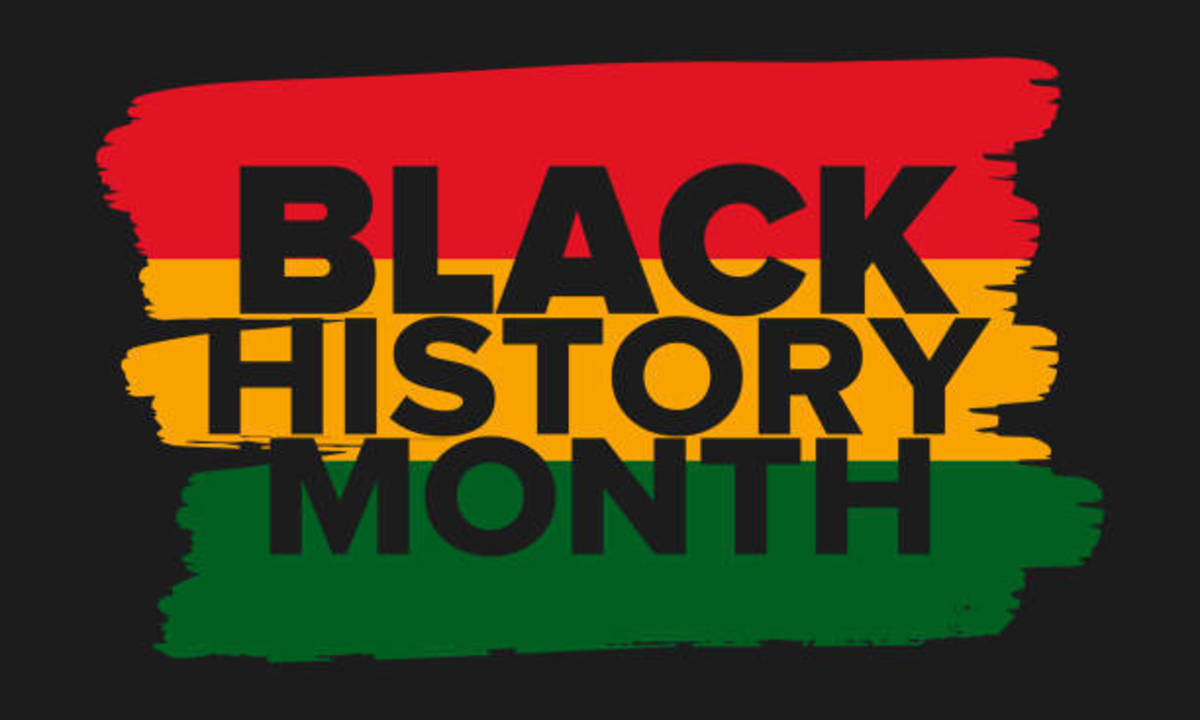The History of the Lgbt+ Flag

Symbolism of the LGBT+ Flag
While the rainbow flag is now famous for being a symbol of pride and unity within the LGBT+ community, many are unaware of the origins of said flag and how it came to be the symbol that it is today.
Putting the history of the flag aside for a moment, many don't even know what the colours of the flag mean and what they each represent.
Red, being the first colour on the flag, stands for life and orange stands for healing, these have both been signs of hope throughout history for LGBT+ people during the constant persecution they have had to go through. Yellow, as always, represents sunlight, symbolising a message of being yourself instead of hiding away. Having to hear homophobic from those who believe being LGBT+ is abnormal, the green stripe represents nature and reminds us all that we are completely normal and happy the way we are. Blue often seems like a cool, calm colour and as this suggests, the colour blue in the flag illustrates serenity and helps us remember peace during difficult times. Lastly, the violet colour represents a vibrant spirit which is seen in the pride of the LGBT+ community.

The Creation of the Flag
Before the flag existed, the only symbol of the LGBT+ community was a pink triangle used by Nazis during the second world war to identify gay people, much like the star of David was used to identify and persecute Jewish people at the time. While many LGBT+ people didn't mind the design of the symbol itself, they disliked the negative connotations it brought with it, such as memories of their persecution and the injustice done to them. One such story even spoke of a man known a Pierre Steel who was forced to watch his lover being stripped naked and mauled by dogs in a Nazi concentration camp.
While there is some uncertainty over the creation of the flag, there are two main theories as to how the flag was invented. The first one being that Gilbert Baker (a gay activist born in the 1950s) was challenged by another gay activist, Harvey Milk, to come up with a symbol of pride for the gay community. While another theory suggests that a small pride committee led by Baker, created the flag and the design was inspired by The Flag of Races which was carried on college campuses as a demonstration of world peace.
The LGBT+ flag originally comprised of eight colours, with hot pink above red and blue was split into turquoise and indigo, while indigo originally represented spirit, turquoise was a symbol of magic and hot pink was a symbol of sex. This flag was used in 1978 for the San Francisco Pride parade
After the assassination of San Francisco supervisor Harvey Milk on November 27, 1978, demand for the flag increased and the stock rainbow fabrics were only available in seven colours and due to this, hot pink was scrapped from the design of the LGBT+ flag.
In 1975, the flag was hung vertically on lamp posts in San Francisco and this obscured the centre stripe, the easiest way to fix this was to give the flag an even number of colours and so turquoise and indigo were replaced with blue, creating the modern version of the LGBT+ flag.
The Modern Flag
June 2003 was the 25th anniversary of the rainbow flag and during the gay pride celebrations that month, Gilbert Baker restored the flag's eight stripe status and in response to Trump's election, Baker added a ninth stripe (lavender) above the hot pink stripe to represent diversity.
However, most of the LGBT+ community were unaware of this change and have therefore continued to use the famous six striped flag. Nowadays, this famous flag is used on stickers, bumper stickers, hat,s clothing and pretty much anything else you can think of as a symbol of the LGBT+ community and their pride and many variations of the flag have been seen, as well as the introduction of flags representing individual sexualities and gender identities







